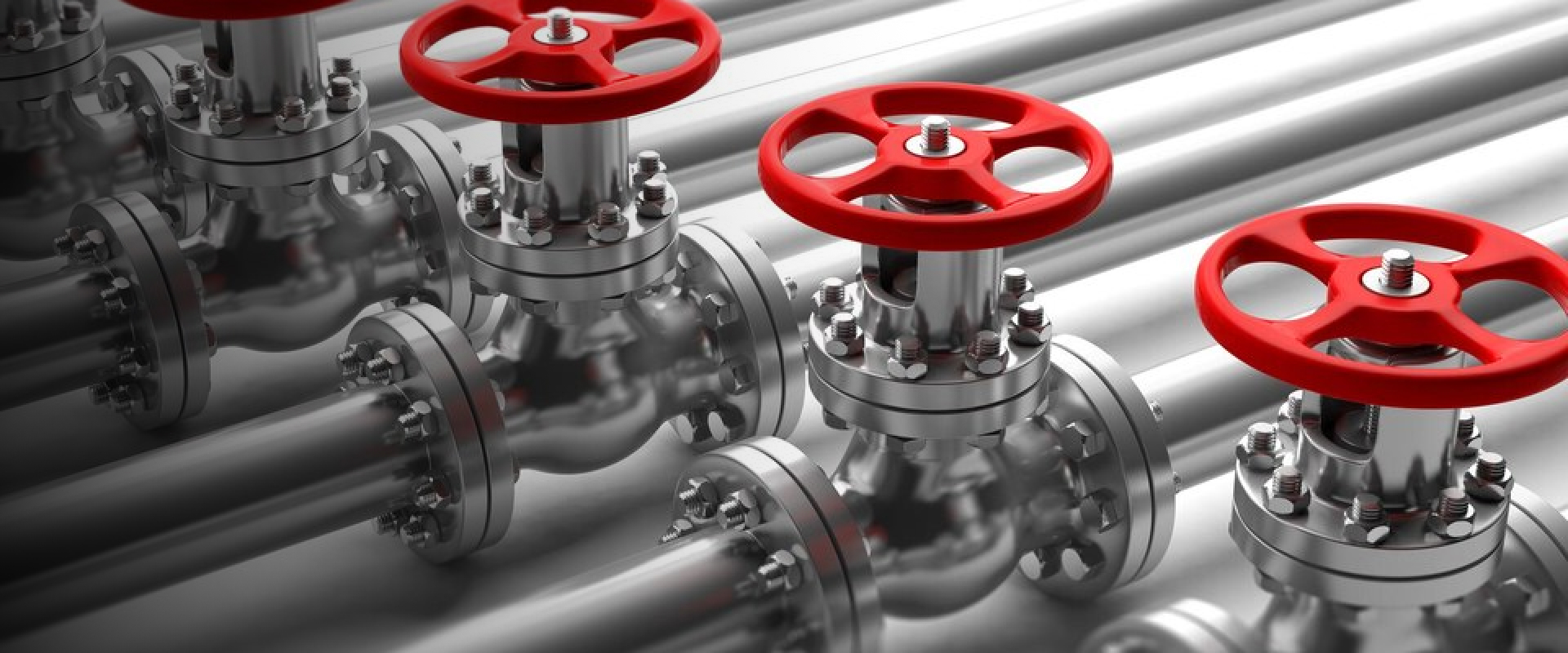Choosing the right globe valve is crucial for the performance of your fluid control systems. A poor choice can lead to system inefficiencies or even complete breakdowns.
This article covers everything from understanding the basics to knowing what factors to consider when selecting a globe valve. It will also highlight common mistakes to avoid during the selection process. So, let's start this journey to ensure your fluid control systems are operating at their best.
Discovering the Basic Characteristics of Globe Valves
To understand globe valves, you need to familiarise yourself with the different components that constitute them and their role in their operation. You also need to learn about the various kinds of globe valves in the market. This information is vital when choosing the right globe valve that suits your requirements. Let's begin.
Components of a Globe Valve
Globe valves serve as more than fluid control devices. They come designed with two prevalent bonnet types: the pressure-seal and the bolted bonnet. Understanding these types is critical because your system's temperature and will guide your choice between the two.
Globe valves incorporate sealing mechanisms, the needle, globe, and plug. Each mechanism contributes distinctly to the valve's functionality.
From an external perspective, you can identify the key components of a globe valve as:
- A handwheel
- A bonnet
- A body
When you rotate the handwheel, a stem within the bonnet moves vertically. At the end of this stem is a small piece, referred to as a disk or plug. Depending on specific needs, the disk or plug can be metallic or non-metallic and have a different shape.
Having understood the various components and their functions, we shall proceed to the various types of globe valves available in the market.
Types of Globe Valves
You can find three main designs of globe valves:
- T-pattern/Z-pattern
- Y-pattern
- Angle pattern
Read our article on “Globe Valve Types” to gain in-depth knowledge about the different types of globe valves. The following section will discuss the factors to consider when choosing the suitable globe valve and provide selection tips and considerations.
Factors to Consider When Choosing the Right Globe Valve
Selecting the appropriate globe valve does not conform to a universal approach that suits every situation. It involves understanding your specific needs, the operating conditions, valve material, size, and end connections. Let's explore these aspects.
Operating Conditions
A misfit valve, whether too large or too small, can cause many problems, from increasing energy consumption to system inefficiencies and, in extreme cases, even system failures. Hence, paying careful attention to the globe valve's size and pressure rating is a significant step towards improving your fluid control system's performance.
After discussing size and pressure rating, it's also vital to consider the material used to build the globe valve.
Material Selection
The material of your globe valve plays a significant role in its durability, resistance to corrosion, and compatibility with different fluids. Manufacturers make globe valves from various materials, each offering unique benefits. For example, stainless steel works best for corrosive fluids, while bronze is the go-to choice for seawater applications.
The materials used most often in the construction of globe valves include:
- Metallic alloys such as brass and cast iron
- Synthetic materials
Factors like the operating temperature and the properties of the fluid it will control, determine the choice of material. It's not a random choice.
With these pointers in mind, let’s move on to understanding the importance of valve size and end connections.
Valve Size and End Connections
The valve size must align with the size of the piping system where it will be installed. This ensures a flawless integration of the valve into your fluid control system.
Typically, flanged connections serve larger valves and high-pressure applications, while threaded connections are more suited for smaller valves and lower-pressure applications. For high-pressure, high-temperature systems, suppliers tend to suggest socket weld and butt weld connections. These connections assure a sturdy, leak-free seal. However, the specifics of your application in the fluid control system will ultimately dictate the choice of the end connection.
Understanding these elements proves vital to a successful selection. We'll learn how to avoid common mistakes in globe valve selection as we proceed.
AlterValve sources top-tier industrial valves and parts from global leaders, customized for various sectors like power plants, oil and gas, and petrochemicals across China, India, and Russia. Our steadfast dedication to quality and safety ensures that our products maintain superior standards, delivering dependable performance across industries.
Common Mistakes to Avoid When Selecting a Globe Valve
In fluid control systems, incorrect flow regulation can drastically decrease the lifespan of a globe valve. This happens due to increased wear. Hence, the correct sealing mechanism ensures precise flow management and a secure shut-off. Additionally, considering the leakage tolerance level of your application while choosing the sealing mechanism is vital.
Deciding with Confidence
In the area of globe valve selection, understanding the basics, recognising important aspects, and avoiding common mistakes are essential. Remember that the performance and lifespan of your globe valve depend on elements such as operational conditions, choice of material, valve dimensions, and terminal connections.
Hence the selection should essentially be made after consulting a globe valve supplier. Remember, the role of experts at AlterValve is significant in this process. Alter Valve is a leading industrial valve stockist in India. Connect with our team to guide you in making the right selection.
As the saying goes, "Knowledge is power." Use this newfound knowledge to make well-informed decisions, ensuring your fluid control systems operate at their peak. Now, you have the crucial tips to pick the correct globe valve with confidence. So, go ahead, make your choice, and witness the effect.
